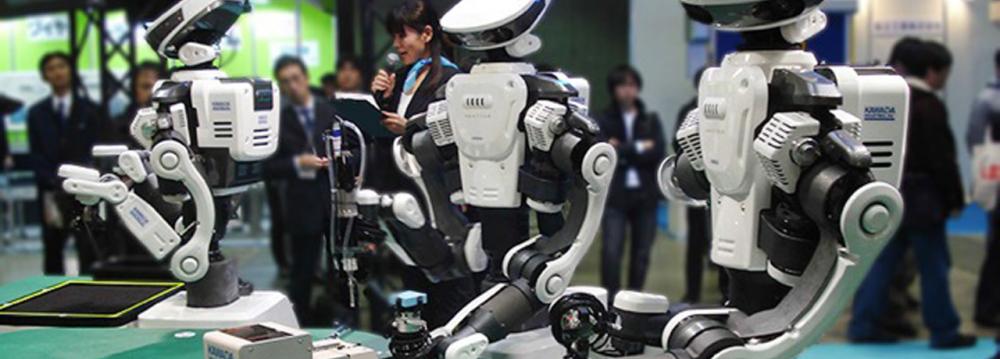Japan's economic landscape has survived more than most. From devastation in World War II, a miraculous post-war boom, a 'lost decade' in the 1990s and now, the world's most elderly population, Japan's currently stagnant economy has carved out a unique set of issues.
The world's third largest economy hasn't grown in years, with governments consistently failing to battle deflation, that is, when prices and wages do not increase, Al Jazeera reported.
Prime Minister Shinzo Abe has been fighting the deflation problem since 2012, using his own brand of economic standards known as 'Abenomics' and the ensuing 'economic arrows'—lifelines to reinvigorate the stativity.
Abenomics is a three-pronged economic shock therapy, consisting of fiscal stimulus, structural reforms and monetary easing.
The first 'arrow' fired was monetary easing, but with Japan's interest rates already in negative territory, the plan failed to make the impact Abe had hoped for.
Now, Abe plans to fire his second 'economic arrow'—stimulus. Cabinet ministers have just approved a $275 billion stimulus package to help bolster the Japanese economy. With 26 stimulus packages in the same number of years, however, many are apprehensive about the impact of this new initiative. Prime Minister Abe, undeterred, believes this could be Japan's saving grace.
"The keyword for the new economic package is very straightforward: investment for the future," said Prime Minister Abe. "Investment for the future, growing industry such as agriculture and tourism, and investing in child-rearing and nursing care to create a future where everyone can become successful."
Obstacles
Some of the issues standing in the way of Abe's vision include Japan's current debt that is nearly two-and-a-half times the size of its economy, a shrinking workforce due to an ageing population and a notoriously low birth-rate, in addition to increased spending on public healthcare.
Independent global economist Jeremy Batstone-Carr harbors no sympathies for the current Japanese dilemma.
"The fact of the matter is Japan was in the sweet spot in the 1970s and 1980s. It then took its eye off the ball, became rather introverted. It tended to focus more on itself rather than its global ambition," says Batstone-Carr. "There may have been global reasons for that at the time, yet, as a consequence of that wrong-turning ... the country has inexorably lost its status and lost its standing."
Robot to Help Elderly
A Japanese hauling company which employs many elderly people has invested in an exoskeleton to take the strain off its staff.
Tatsumi Shokai Logistics—which employs more than 700 people in total across its sites—has been building the robot since 2014.
The exoskeleton helps employees to carry out their jobs, which include constantly loading, unloading, carrying and bending.
"The burden on my back and legs has been lessened by half," Kenji Takemura, an employee at the company for more than 34 years, told Al Jazeera.
The 57-year-old said that he could do the same work over a long period of time, adding that he hoped to continue working for another decade.
The findings of the recent national census suggest Japan's population will fall dramatically over the next few decades.
With an ageing population and fewer young people to replace them, some academics predict that finding a fit and capable workforce will be challenging.
"We will have a shortage of work force in the future and robotics could help us," Yasuhiko Saito, a Nihon University professor specialized in demography and gerontology, told Al Jazeera.
"I think the migration policy won't help to replace the shortage of the labor force. So robotics may be the one way to accommodate that shortage."
Exoskeletons are not a new invention but Tatsumi Shoaki may be the first company prioritizing older people as principal users.
The cost of these projects is kept secret but the results are tested out publicly.


